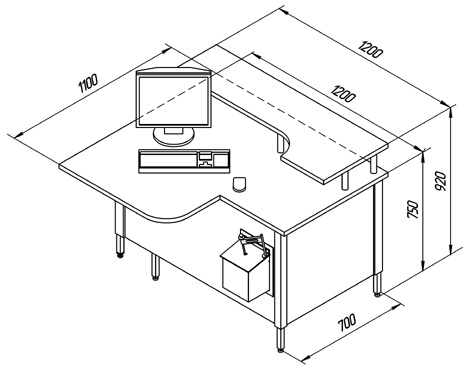Iskroline 300
Availability: in stock
ISKROLINE 300 atomic emission spectrometer is a laboratory grade analytical instrument for express analysis of metals and alloys with any bases. It was designed for solving the tasks when the user cannot afford compromising performance in favor of size, and the following spectrometer capabilities become top priority: measurement accuracy and repeatability, user friendliness and robustness.
Today ISKROLINE is the flagship of our spark spectrometers. It is an ultimate approach to product quality and functionality. Precision mechanical components and optical settings and repeated stress testing of all electronic components guarantee exceptional build quality of the product.
What is the purpose of this instrument? Primarily, it can perform the same functions as the less sophisticated ISKROLINE models. ISKROLINE 300 will quickly perform all these tasks. Yet, some other problems, that have a more complex nature, cannot be efficiently resolved with the aid of compact spectrometers (neither of the brands available in the market). Such problems include quantification of purity and super purity metals (copper, aluminum, lead, etc.) on the one hand, chemical analysis of complex and super complex alloys on the other hand.




